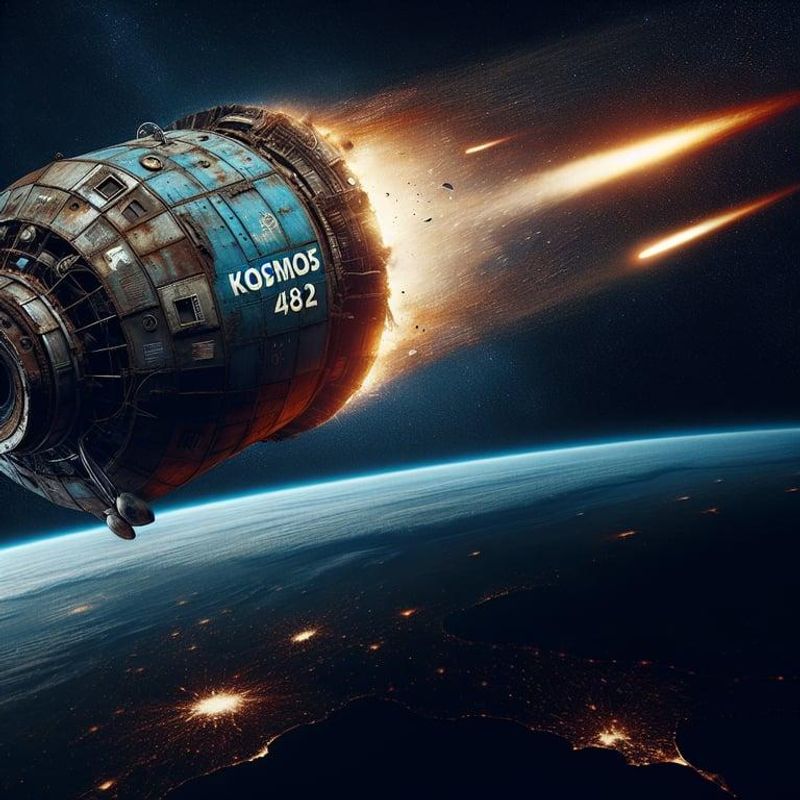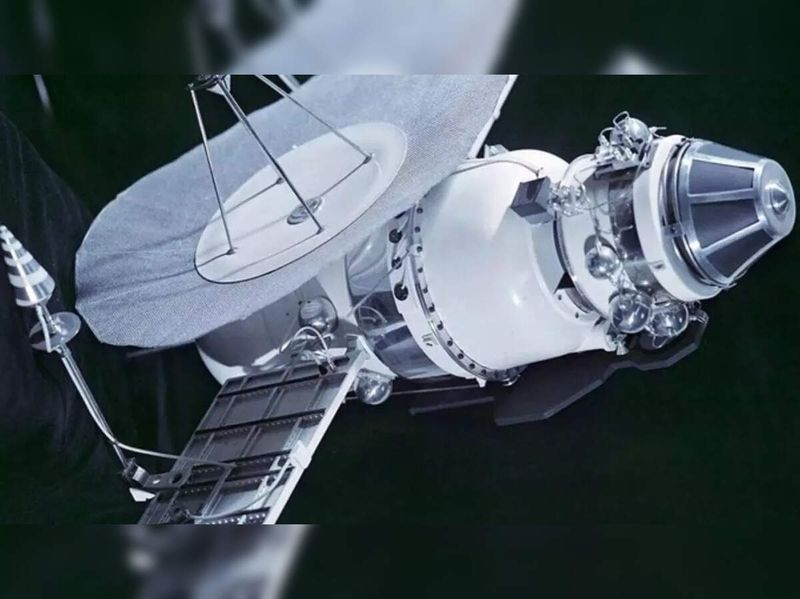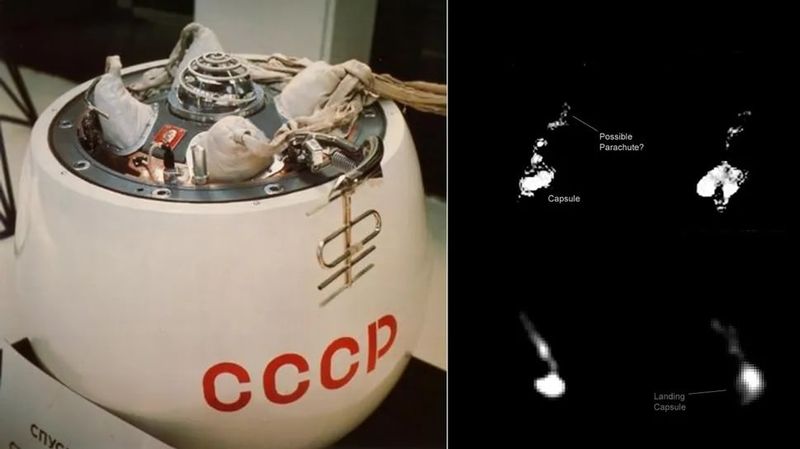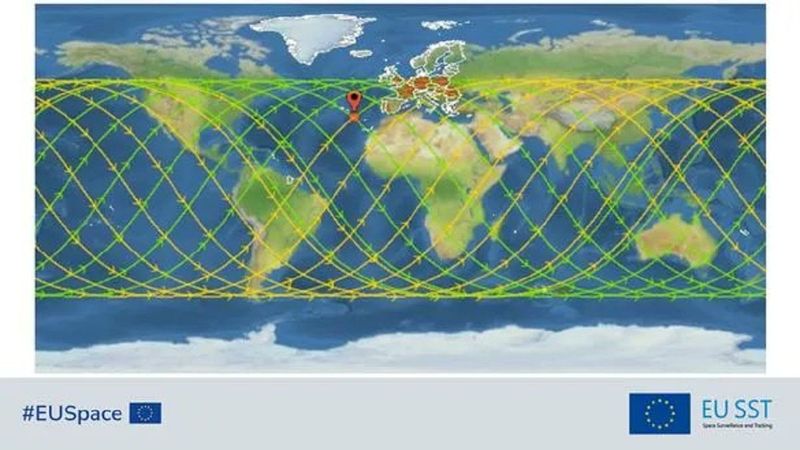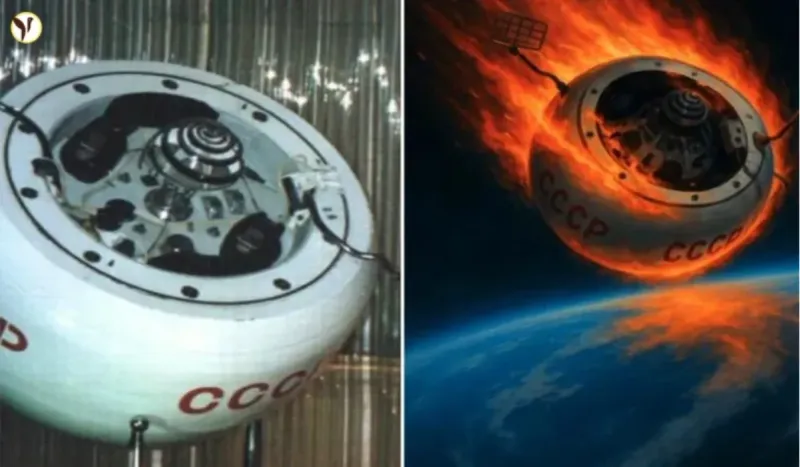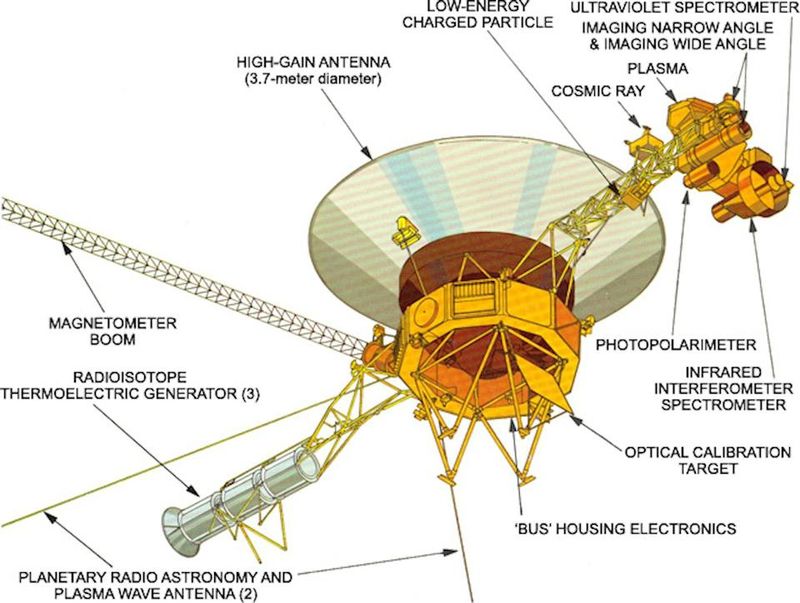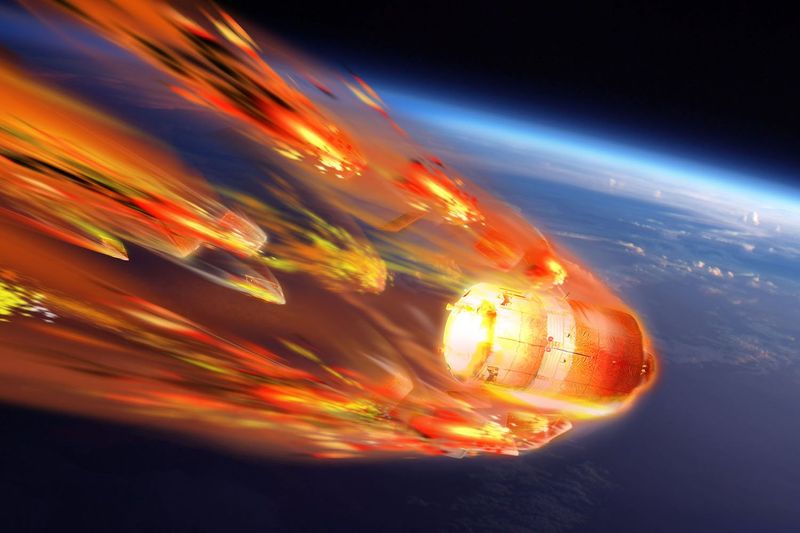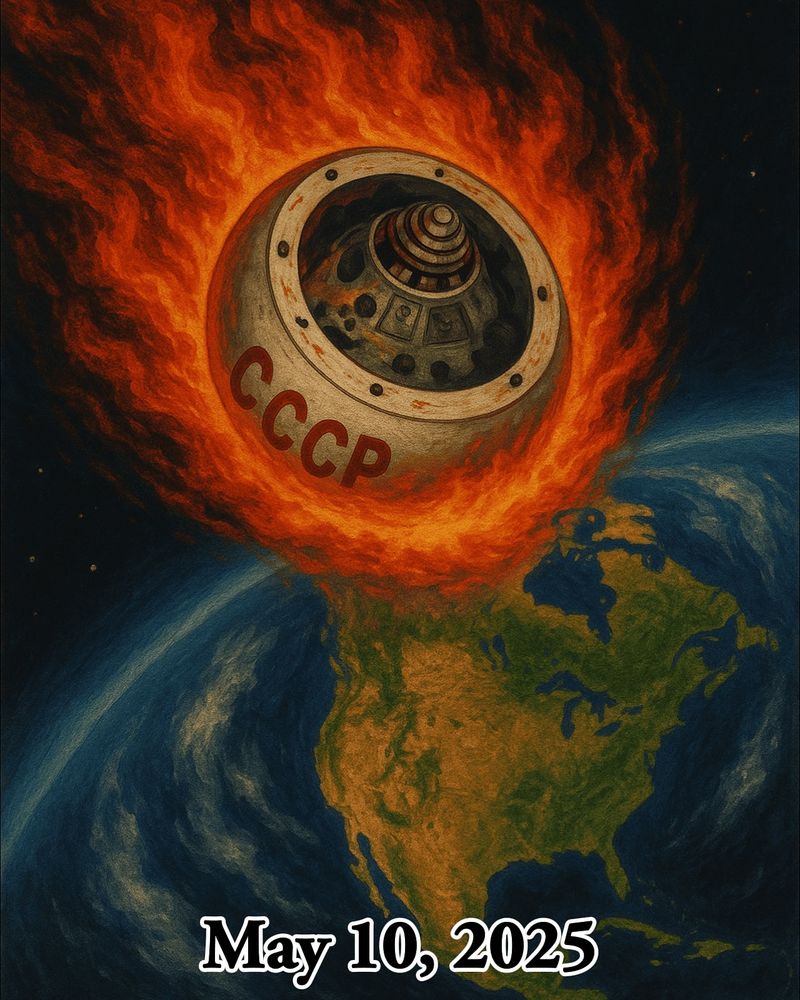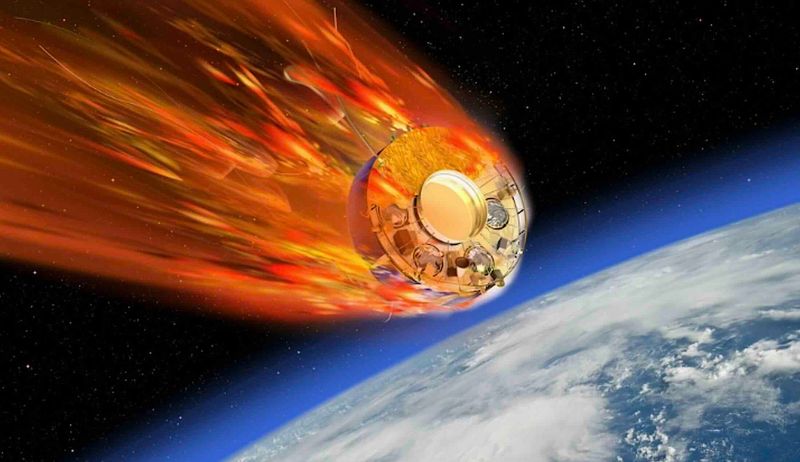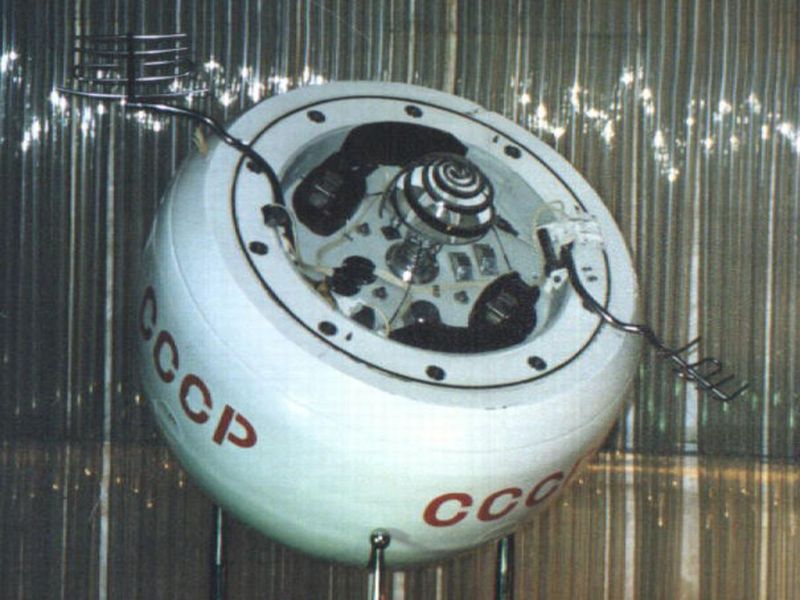A mysterious Soviet relic from the Cold War era is plummeting back to Earth after silently orbiting our planet for half a century. This decaying spacecraft, once part of the USSR’s ambitious space program, has suddenly captured worldwide attention as it begins its final descent. Scientists are tracking this massive piece of space junk while governments prepare for its unpredictable re-entry, raising questions about safety, history, and the legacy of early space exploration.
1. Cold War Space Race Origins
Launched in 1972 during the fierce US-Soviet space competition, Kosmos 482 represents a fascinating chapter in Cold War history. The spacecraft emerged from a secretive program when both superpowers viewed space dominance as crucial to national security.
Engineers worked around the clock in hidden facilities, designing crafts meant to showcase Soviet technological prowess. Many details about its construction remained classified for decades.
The satellite’s components reflect the remarkable ingenuity of Soviet scientists who created durable space technology despite limited resources compared to their American counterparts.
2. Remarkably Resilient Engineering
Built to withstand the extreme conditions of space, Soviet engineers constructed this spacecraft with extraordinary durability in mind. Materials selected specifically for radiation resistance and thermal stability have allowed it to survive five decades in orbit.
The titanium components, particularly notable for their strength-to-weight ratio, represent cutting-edge metallurgy for the era. Several instruments aboard remained operational years beyond their expected lifespan.
Modern aerospace engineers marvel at how such advanced construction was achieved with 1970s technology, especially considering the limited computer modeling available during design.
3. Failed Venus Mission Revealed
Concealed beneath layers of Soviet secrecy, Kosmos 482 was actually intended for Venus exploration. The spacecraft carried specialized equipment designed to survive the crushing Venusian atmosphere – instruments that now make its re-entry particularly dangerous.
Had it succeeded, it would have transmitted groundbreaking data about our sister planet. The mission failure represented a significant setback in the Soviet planetary exploration program.
Declassified documents revealed the true purpose decades later, showing how the USSR routinely disguised failed interplanetary missions under the generic “Kosmos” designation to maintain appearances during the competitive Space Race.
4. Mysterious Orbital Behavior
Astronomers tracking the spacecraft have observed bizarre orbital fluctuations defying normal decay patterns. The satellite occasionally accelerates or changes trajectory slightly without explanation, baffling space debris experts worldwide.
Some speculate that unvented fuel or mysterious mechanical activations might be responsible. Others suggest interaction with Earth’s variable magnetic field could explain the unusual movements.
These unexpected behaviors have complicated predictions about its re-entry location and timing, forcing tracking stations to constantly recalculate potential impact zones. The mysterious movements have even sparked fringe theories about potential remote control.
5. Hazardous Re-entry Predictions
Unlike modern satellites designed to disintegrate safely, this Soviet relic contains heat-resistant components specifically built to survive atmospheric entry. Aerospace experts estimate up to 1,100 pounds of debris could reach Earth’s surface across a potential debris field stretching hundreds of miles.
The titanium pressure spheres pose particular concern. These robust containers were engineered to withstand Venus’s hostile environment and may survive intact.
Weather patterns and solar activity continue influencing the exact timing, making precise impact prediction nearly impossible until hours before re-entry. Authorities can only narrow potential landing zones to continental regions.
6. Radioactive Power Source Concerns
Whispers among space safety experts suggest this ghost spacecraft might contain radioactive materials. Soviet missions of this era frequently utilized radioisotope thermoelectric generators – nuclear batteries that convert heat from decaying plutonium into electricity.
While official records remain inconclusive, similar Venus-bound missions carried these power sources. The potential radiation hazard has elevated monitoring efforts and emergency response preparations.
If radioactive materials survived intact, they could contaminate several square miles upon impact. International nuclear monitoring agencies have quietly deployed detection equipment to potential landing zones as a precautionary measure.
7. International Tracking Coalition
A unprecedented collaboration of former Cold War enemies has formed to monitor this Soviet ghost. American, European, Russian, and Chinese space agencies have established a joint tracking network, sharing radar data and computational resources.
Military space surveillance systems, normally shrouded in secrecy, have been partially integrated into this effort. The coalition provides hourly updates to emergency management agencies worldwide.
This rare cooperation demonstrates how space hazards transcend political boundaries. Former Soviet engineers have emerged from retirement to provide crucial technical details about the spacecraft’s construction, helping predict which components might survive re-entry.
8. Bizarre Conspiracy Theories Emerge
The mysterious spacecraft has ignited wildfire speculation across internet forums. Some conspiracy theorists claim it contains secret Soviet biological experiments, while others believe it houses encrypted KGB archives never meant to be recovered.
More extreme theories suggest extraterrestrial technology reverse-engineered by Soviet scientists. Social media has amplified these narratives despite debunking efforts by space agencies.
UFO enthusiasts have organized tracking parties in potential landing zones, hoping to recover fragments before government teams arrive. The theories highlight how Cold War secrecy continues feeding modern paranoia about classified space missions.
9. Growing Space Junk Crisis
This falling Soviet relic represents just one dangerous piece in Earth’s orbital junkyard. Over 27,000 tracked objects currently circle our planet, with countless smaller fragments too tiny to monitor consistently.
The spacecraft’s uncontrolled re-entry highlights growing concerns about orbital debris management. Space agencies warn that collision cascades could eventually render certain orbits unusable for satellites essential to modern communication.
International agreements on responsible satellite disposal remain inadequate decades after this spacecraft launched. Modern satellites now incorporate end-of-life disposal systems specifically because of lessons learned from early space program debris like this Soviet ghost.
10. Historical Preservation Debate
Space historians have sparked controversy by suggesting recovery of significant fragments for museums. They argue these artifacts represent irreplaceable Cold War space heritage deserving preservation despite re-entry dangers.
Critics counter that encouraging fragment collection could expose civilians to potentially hazardous materials. Several museums have already prepared climate-controlled display cases in anticipation of possible recovery operations.
The spacecraft represents a tangible connection to early space exploration history. Debate continues about whether scientific and historical value outweighs public safety concerns, raising questions about who truly owns artifacts from the space race era.

